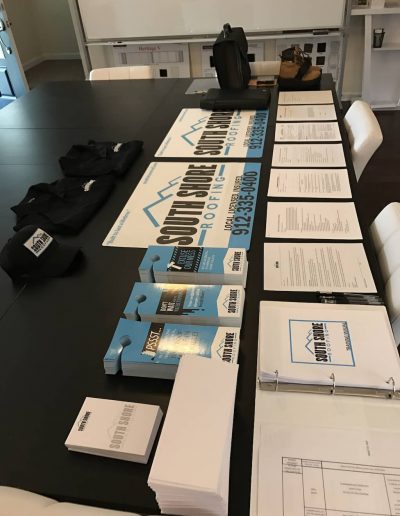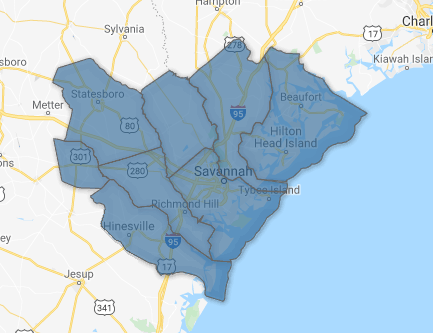
Rainwater harvesting is one of the oldest methods that you can use to supply your household with water without paying for the water itself. And one of the simplest methods of rainwater harvesting is the good use of your rooftop.
This large area that covers and protects your home can gain an additional beneficial function. Rain falling on your rooftop can be led to run down into tanks for storage. The rainwater can be used for gardens, irrigation, heating inside your home, and even other domestic uses if it gets treated properly.
Initial Considerations
With the right setup, the process of collecting rainwater from your roof is a fairly simple one, but in order for you to use the water, the right steps to proper care and caution need to be applied as well. If you are planning to use your collected rainwater for drinking, for example, installing a filtration system for the collected water is a very important step.
Taking all of this into consideration will help to improve the quality of your rainwater from the moment the raindrops hit your rooftop. The roof is the starting point of all rainwater collection, so in order to ensure the best quality of the harvested rainwater, you should first think about the roof surface itself and the way that surface material might affect the water quality.
The formation of roofing material, location, and other obstacles that might gather on top of the roof can cause contamination of rainwater. It has been proven through studies that certain roofs can lead to cleaner rainwater than others. Roof surfaces that are smooth, angled a little, made from an inert material, clean, and without moss or bacteria are the best for collecting rainwater.
There are certain advantages and disadvantages to each roofing material, so here are a few considerations about the best and most widely used roofing materials for rainwater harvesting.
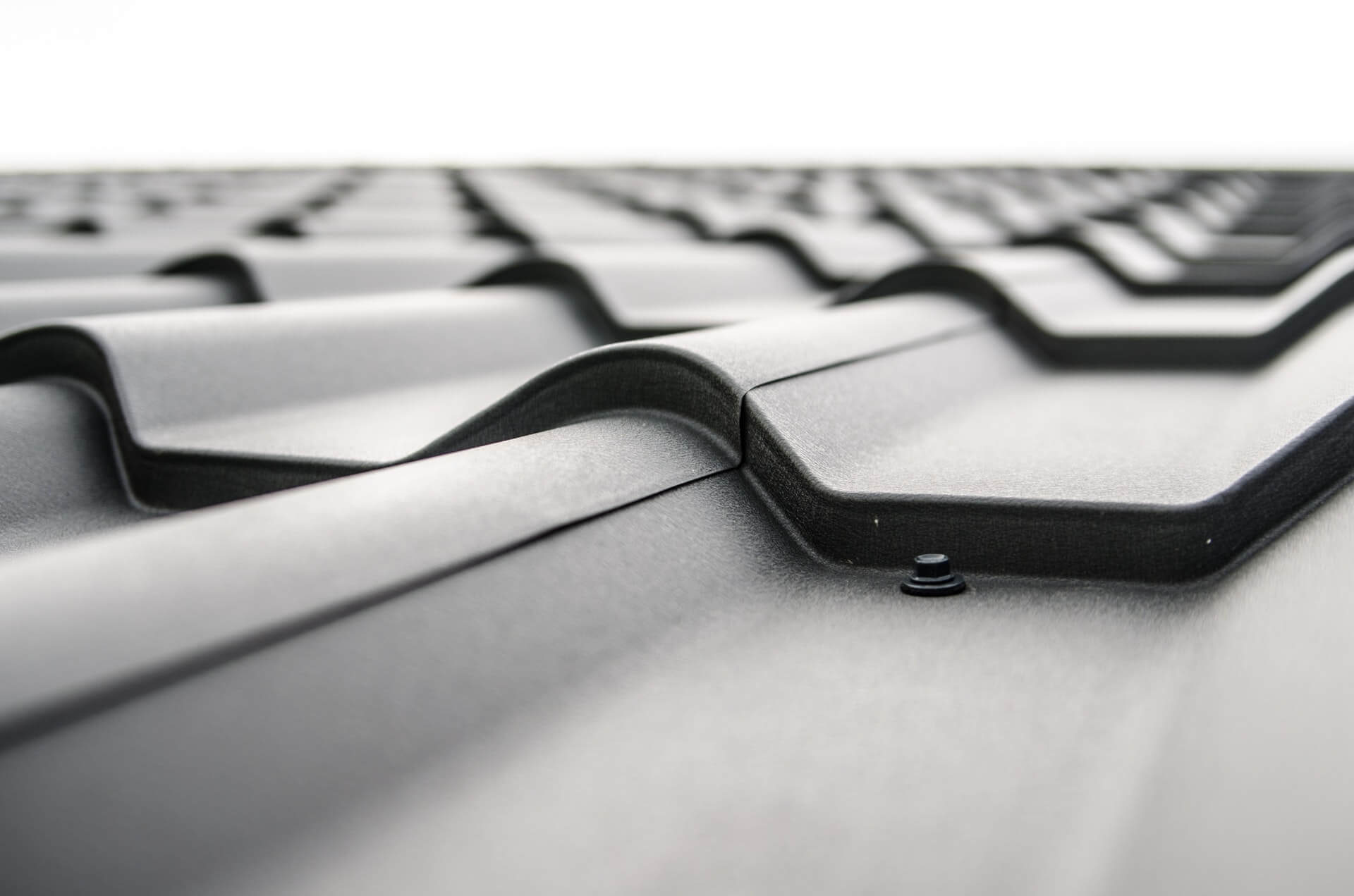
Metal Roofs
When it comes to metal roofs, as well as roofs in general, some of the best options are galvanized metal roofs, such as steel and aluminum roofs.
These roofs are known to minimize the number of contaminants and pollutants that wind up in your collected water.
Galvanized metals are covered with a layer of zinc, creating a zinc-iron alloy coating, which seals the metal and keeps it from rusting and introducing excessive levels of iron into your water.
In order to further minimize the
Asphalt Shingles
Asphalt shingles are the most common material used on roofs, and, luckily, they are also a very good option when it comes to rainwater harvesting. One of the main reasons is their uneven surface – it makes it harder for soot and other pollutants and dirt to gather on top of it.
What you will find in the water depends mostly on the age of the roof. Water collected on newer asphalt shingle roofs will contain higher concentrations of DOC (dissolved organic carbon), which is organic, found naturally in water, and not harmful.
However, when combined with chlorine, DOC can produce chemicals that cause the water to be toxic. So if you are using chlorine to disinfect water take caution and try to avoid it.
Additionally, be careful with asphalt roofs installed before 1980 because roofs that old are probably significantly deteriorated and may contain asbestos, which is highly toxic, and therefore not suitable for rainwater collection. All shingles made since then are asbestos free.
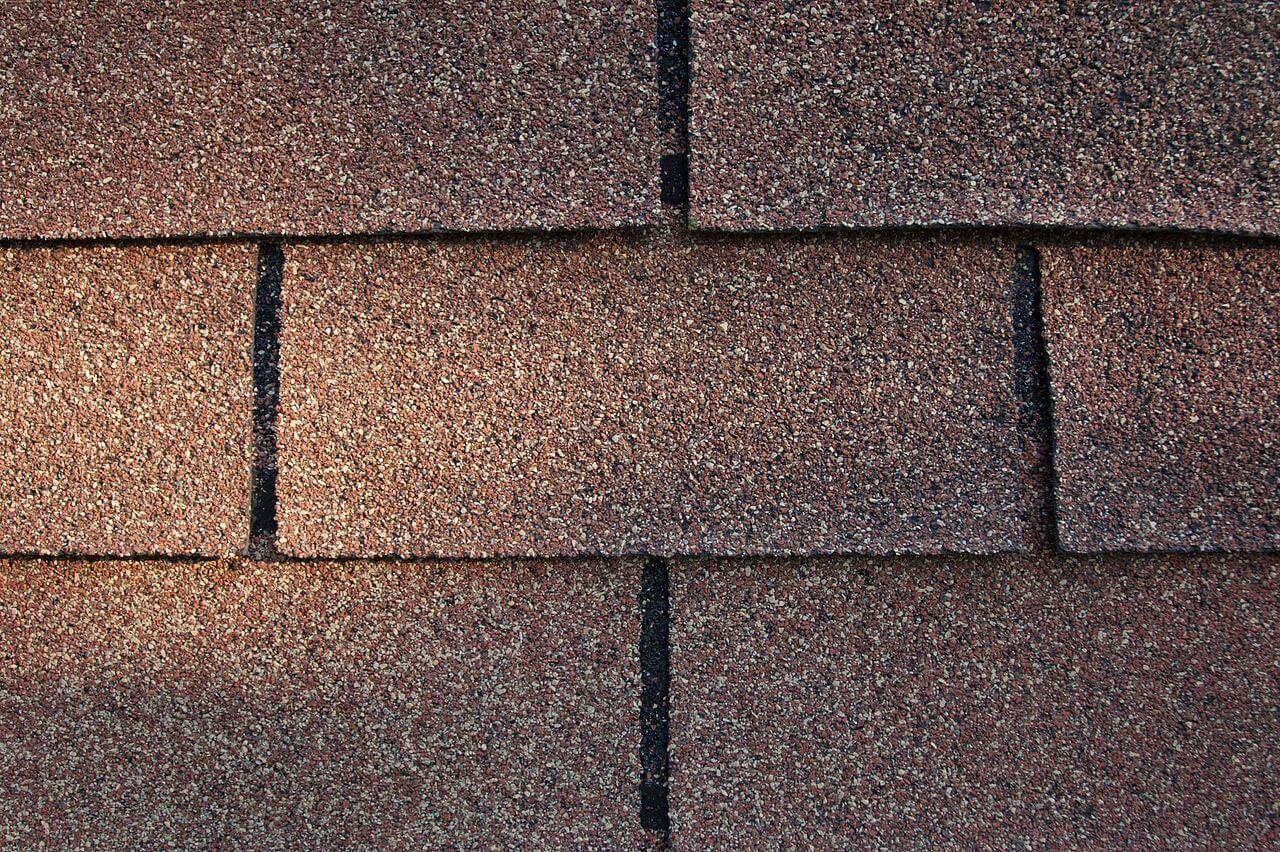
Image courtesy of Dori on Wikimedia Commons, licensed under CC BY 3.0
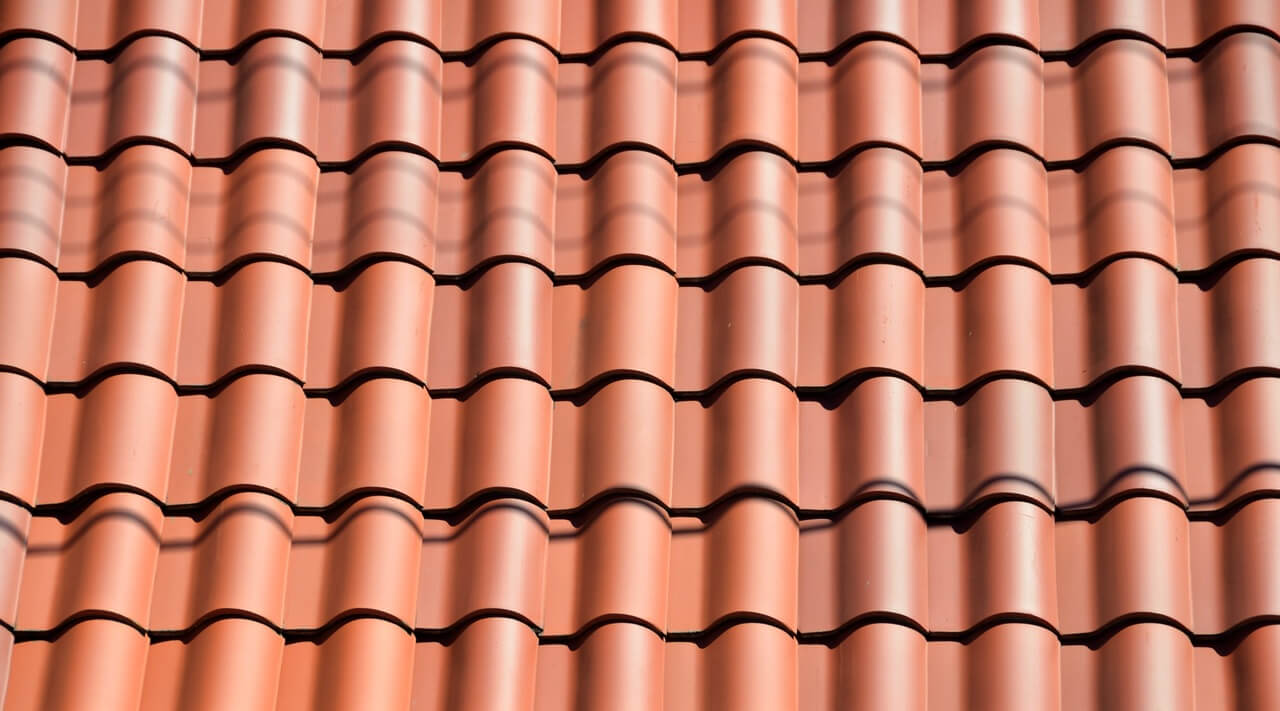
Clay and Slate Tiles
Clay and slate tiles have become popular choices among many homeowners. Many old houses have these types of roof, as well as an increasing number of new ones.
Clay and slate tiles have many beneficial qualities, apart from their beautiful and distinctive appearance. But are they a good choice for rainwater harvesting?
They surely can be, with some proper maintenance. One of the main things in their favor is that they don’t leave any trace metals in the water.
On the other hand, however, they may form moss easily, which might become a problem and cause the growth of algae as well, leading to water contamination. Another problem is that water absorbs very quickly and easily on these roofs, even before it starts flowing.
However, these minor problems can be easily resolved with regular washing and maintenance. The roof can be painted with a lead-free paint in order to prevent moss and algae from growing and the water from being absorbed by the roof itself. Apart from that, you should clean your roof once a year with a high-pressure washing system which will further prevent moss and algae from gathering, as well as get rid of all the dirt and pollutants.
Final Tips
There are various types of roof surfaces used throughout the world, and many of them, with some proper care and attention, can be used for rainwater harvesting. Whichever roof material you have, if you are collecting rainwater, always try to stay away from lead, even when it comes to flashing and vent seals.
By cleaning and conducting regular maintenance and inspections of your roof you will minimize the amount of dirt, pollutants, and contaminants that wind up in your water. And finally, it is always smart to get rid of the first few gallons of rainfall at the start of a rain and then try to purify the water.
Author
This article is brought to you by South Shore Roofing – no.1 residential roofing company in Savannah.




























